Garden Paving Design – What you need to know

Top tips
When it comes to landscaping your outdoor space it can be tricky to navigate garden paving design. This essential guide aims to give you the lowdown on getting the perfect patio nailed.
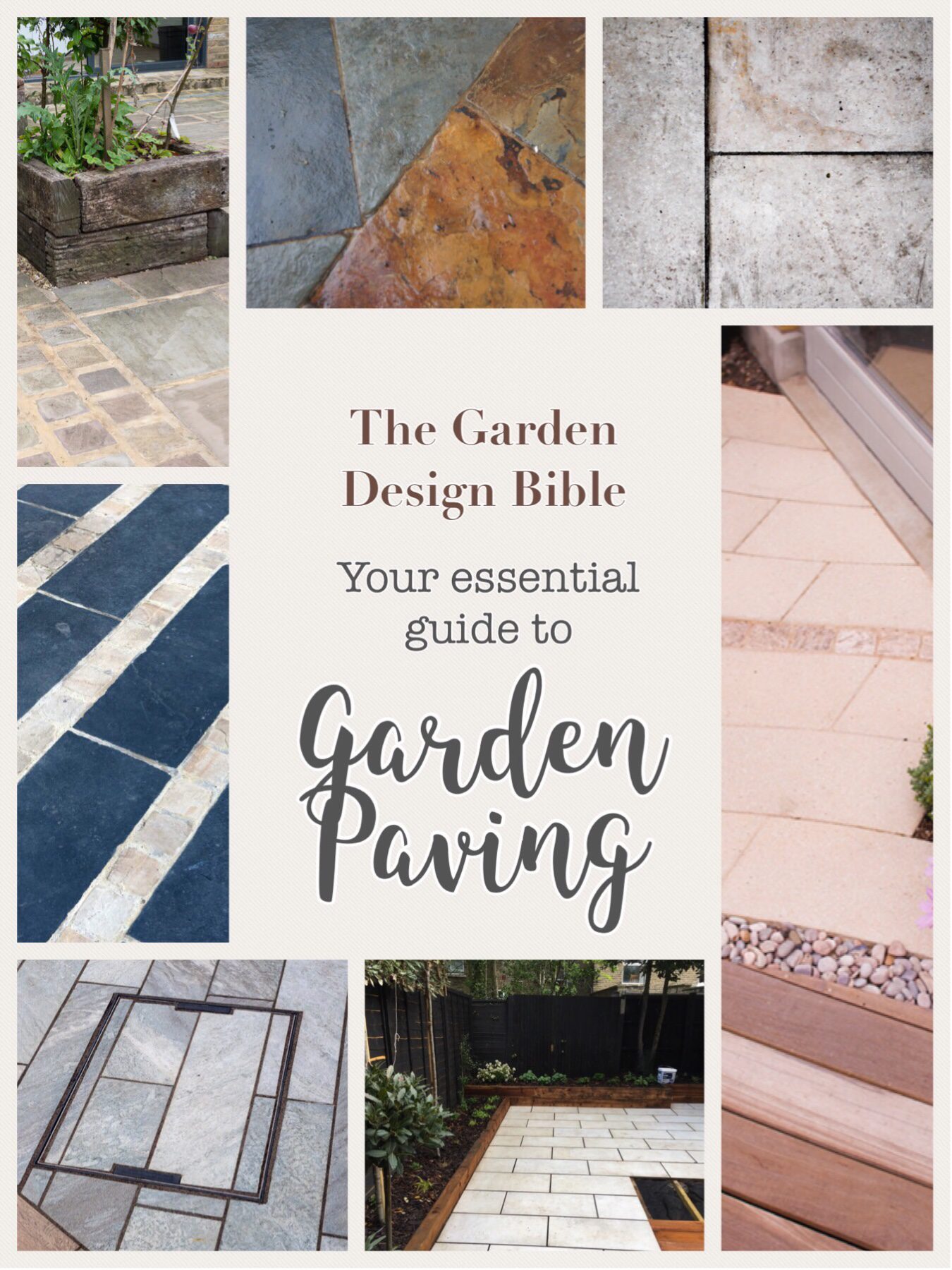
Things to consider in your garden paving design
- Are you replacing your patio? Or can you simply give a facelift to what you already have? Can you remove broken slabs and filling with planting or gravel rather than trying to match with replacements? Will a good clean up with the pressure washer and patio cleaner breathe new life into a tired surface?
- What level of maintenance are you looking for in your garden paving design? Paving is far less maintenance than decking, but may still require a good clean up every so often.
- What is your budget? Laying a patio well can be expensive. Consider how much money you want to spend.What sort of pointing do you want to include if any? Pointing is the cement filler between the slabs
- Think about what direction you are going to lay the slabs? If you want to make a smaller garden scene bigger, use the direction of the slabs to create visual trickery.
- Consider the size of the slab. Larger slabs will suit all spaces, while smaller slabs may make a small garden seem too busy. Beware though, large slabs can be tricky to manoeuvre especially if you don’t have side access
- Are you going to edge your garden paving design with cobbles, or a contrasting material?
- Most paving will need to be laid on a compact bed of hard core. Simply laying it on to earth of sand may compromise its durability in time.
- Adding a sealant to more porous paving may protect it and keep it clean for longer. Make sure you apply it to a dry slap and follow the instructions carefully.
- All exterior paving should be a minimum thickness of 20mm. Anything less than that and they could crack in the frost. Always check with suppliers that they are suitable for exterior use
- Is your paving ethically sourced? Many natural stones could come from countries where they are using child labour. Check with the supplier about their provenance.
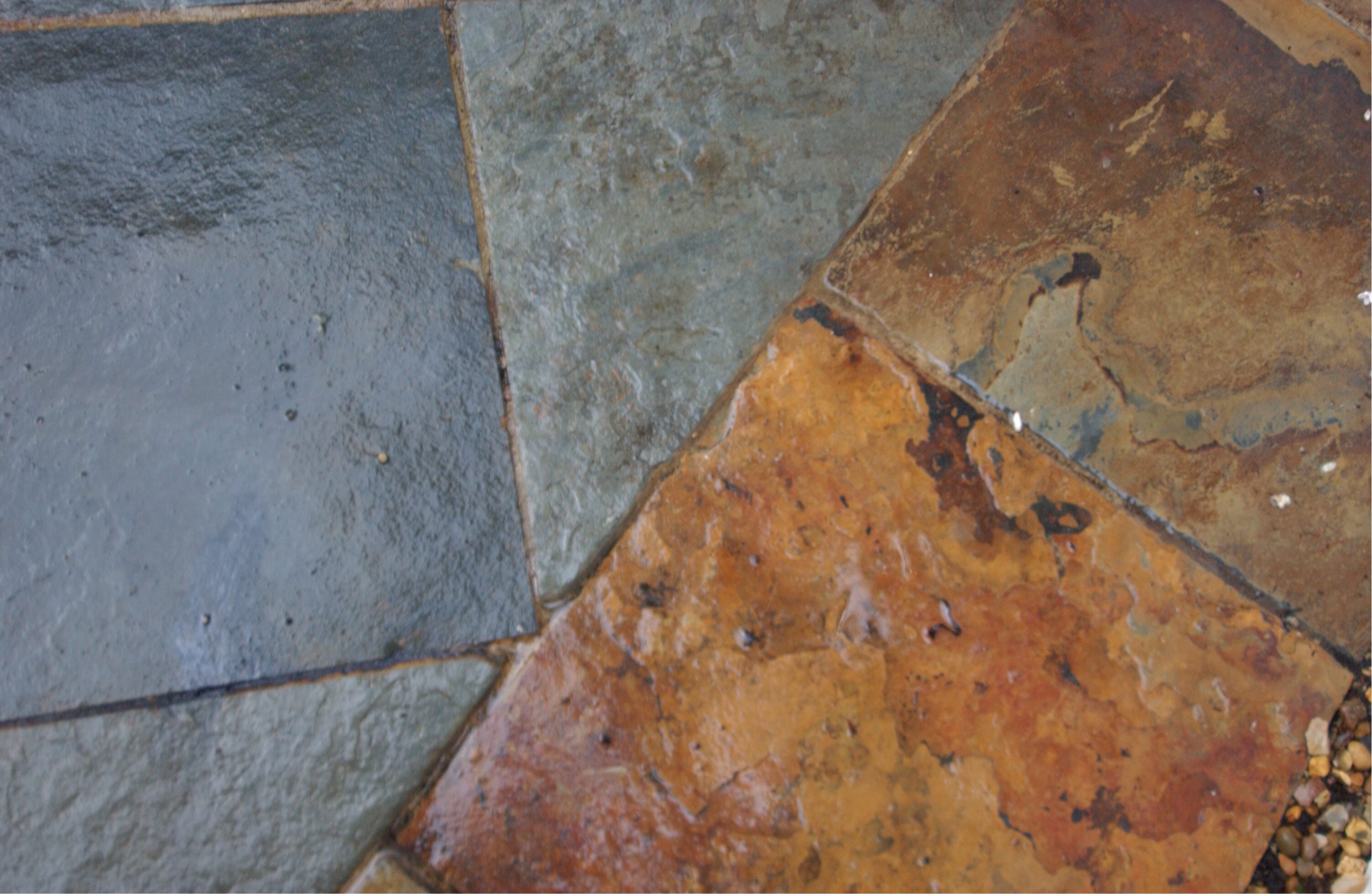
Slate
Modern and traditional, slate can be a great option for your garden paving design. It is readily available, and comes in a wide range of sizes. Great offsetting florals, the dark you go the bolder the scheme will be. Most slate will need sealing, and can be slippery. It will come in either a honed (smooth) or riven (rough) variety. Slate can be prone to chipping or cracking in areas where rain and ice might occur. So best used in a milder climate.
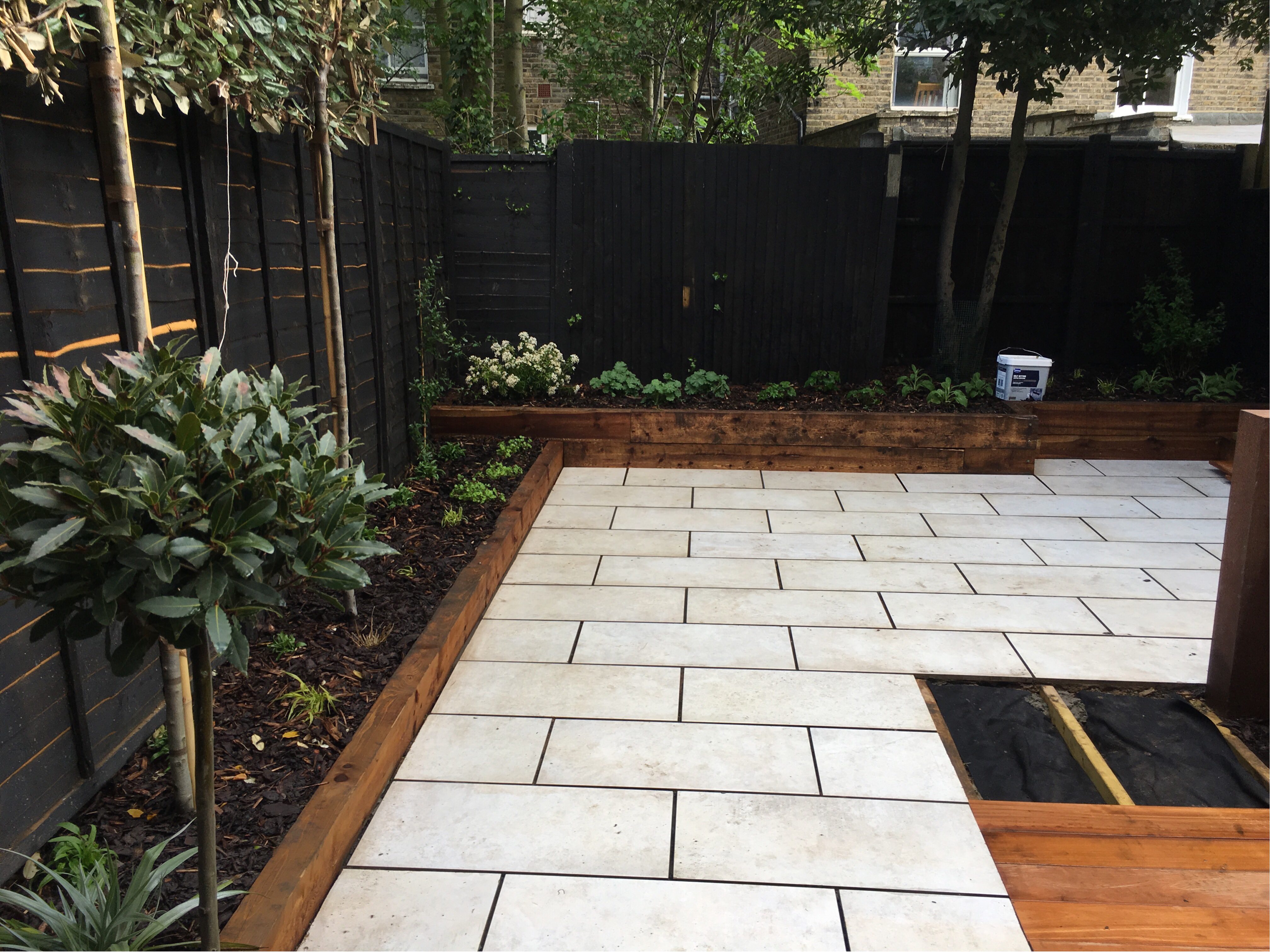
Porcelain paving
Porcelain paving has come on in leaps and bounds in the last few years and is predominantly the only paving we use in our garden now. . Super tough, it comes in any colour, shape, size or pattern and it really opens up your options. It doesn’t require sealing and is super easy to lay. Whilst it might be more expensive than some of the other stones, this can be far outweighed by its durability and non-slip qualities.
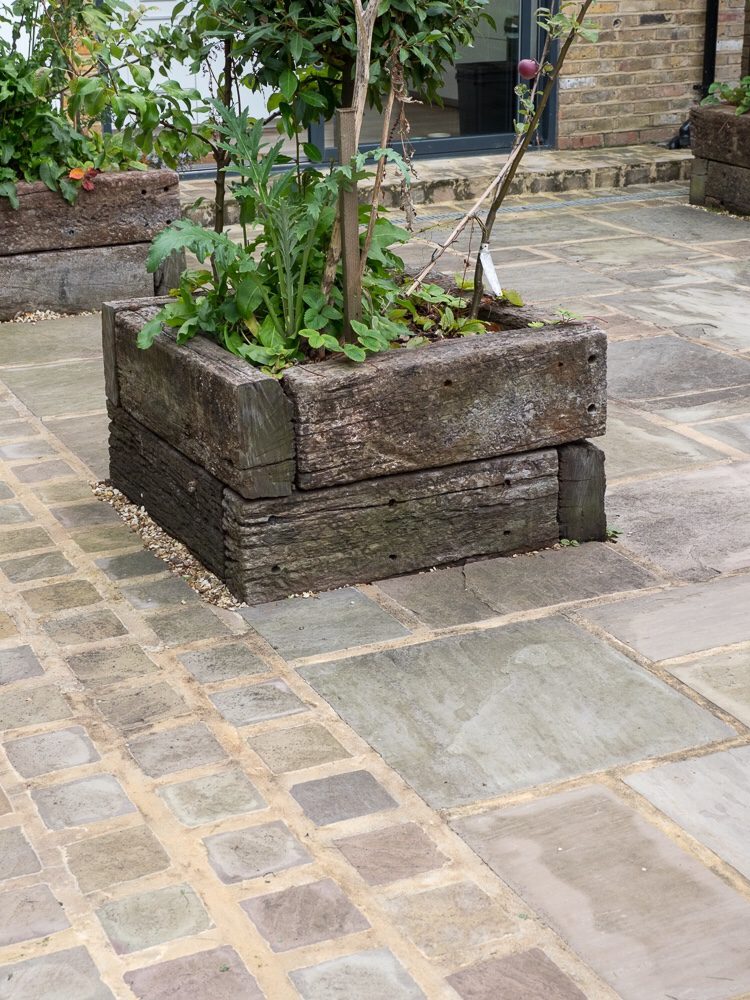
Indian sandstone paving
For years this was the king of the garden paving design World. A natural stone, it comes in a wide variety of colours and shapes and complements both period and contemporary gardens. Again, it comes in a riven or honed version and is an economical, value for money, option. However, it is porous which can make it easy for water to penetrate, meaning that it can weather much more rapidly than other garden paving.
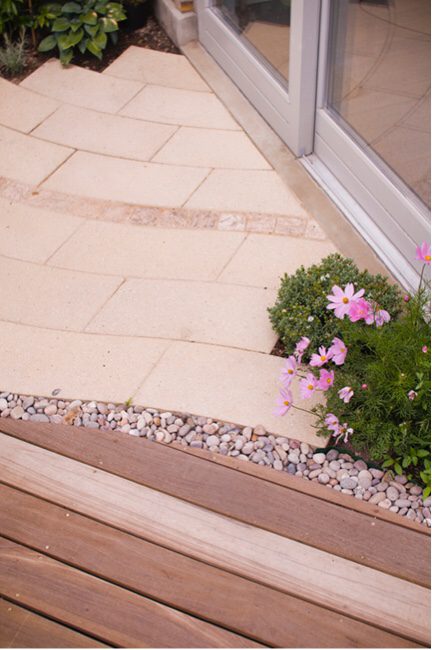
Composite stone
Composite stones on man made stones. Usually pigmented concrete, they can offer a greater degree of flexibility as they can be precast to look like other stones and cut in a wide variety of dimensions. They offer a broad range of colours, textures and styles. Usually a cheaper option and readily available from many of the major suppliers they are performing much better than they used to in terms of colour holding up over time.
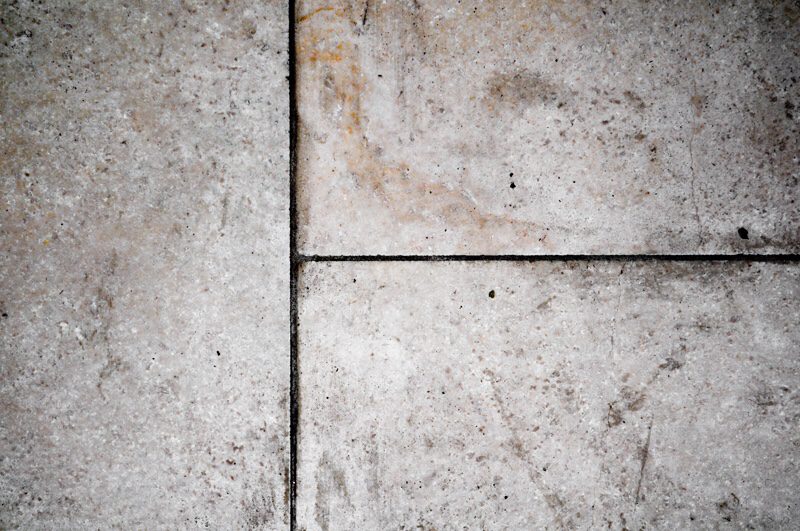
Travertine
A lovely option particularly around pool surrounds. It is critical that they have a 25 mm depth to avoid damage from frost. Mainly coming in a tumbled finish, which provides more grip compared to honed and filled travertine. Some slabs will have a brushed or a straight edge. Either is fine it just depends on whether you want a slick or rustic finish. Can be an expensive option, but is readily available. Make sure you buy an exterior version. Will probably need sealing.
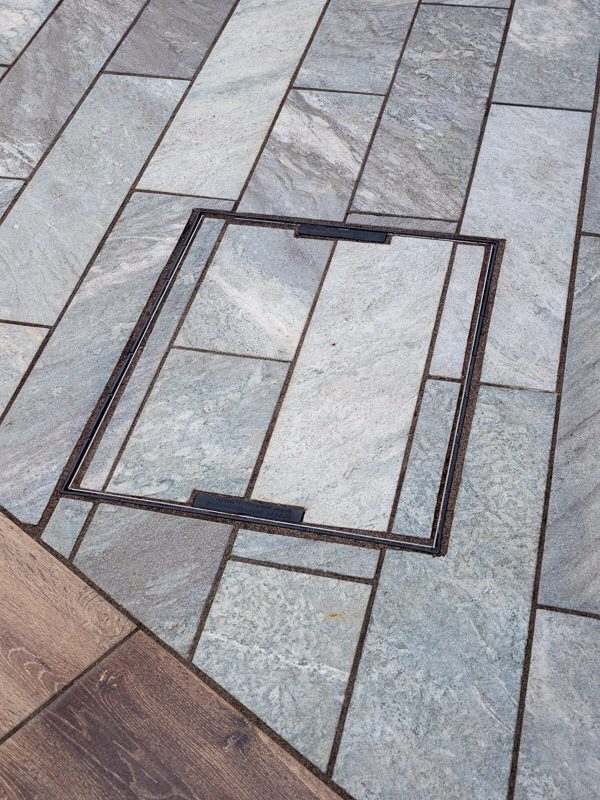
Limestone
London Stone is fine textured so it takes on a distinctive, velvety finish. With a limited colour range it tends to be monochrome or grey. It can be compromised with too much rain causing excess wear. A stone that we have not used much in our gardens.
Granite
Granite cannot be beaten for its durability. It makes an elegant garden paving material for formal outdoor spaces and is often sold as cubes or brick shaped pieces known as sets as well as flag stones. Granite offers a white colour choice from light street dark including browns, yellows, greens, oranges and pinks. Because it is so hardy and long-lasting it makes it difficult to quarry and work so it makes it among the priciest of your options for garden paving design.
We tend to use it as an edging stone along an alternative slab.
